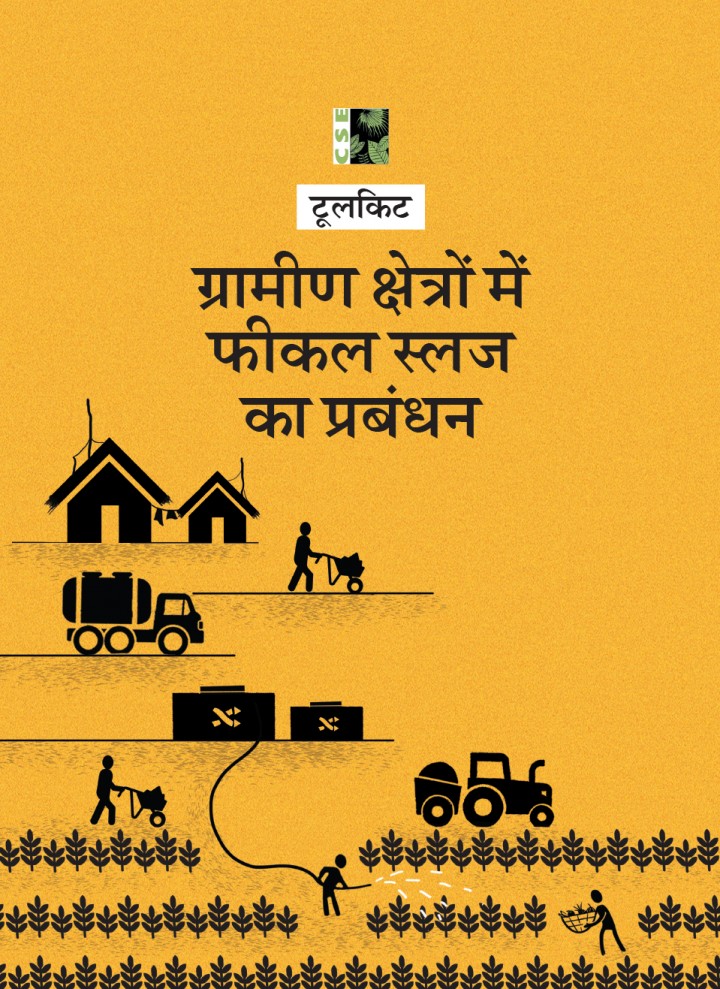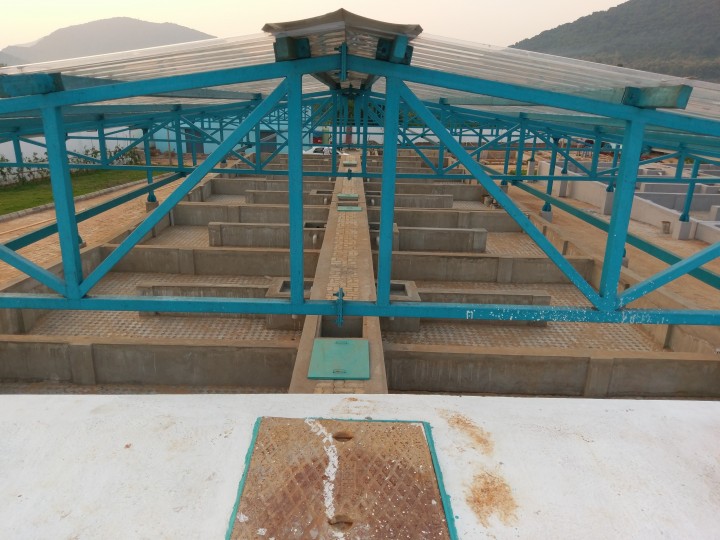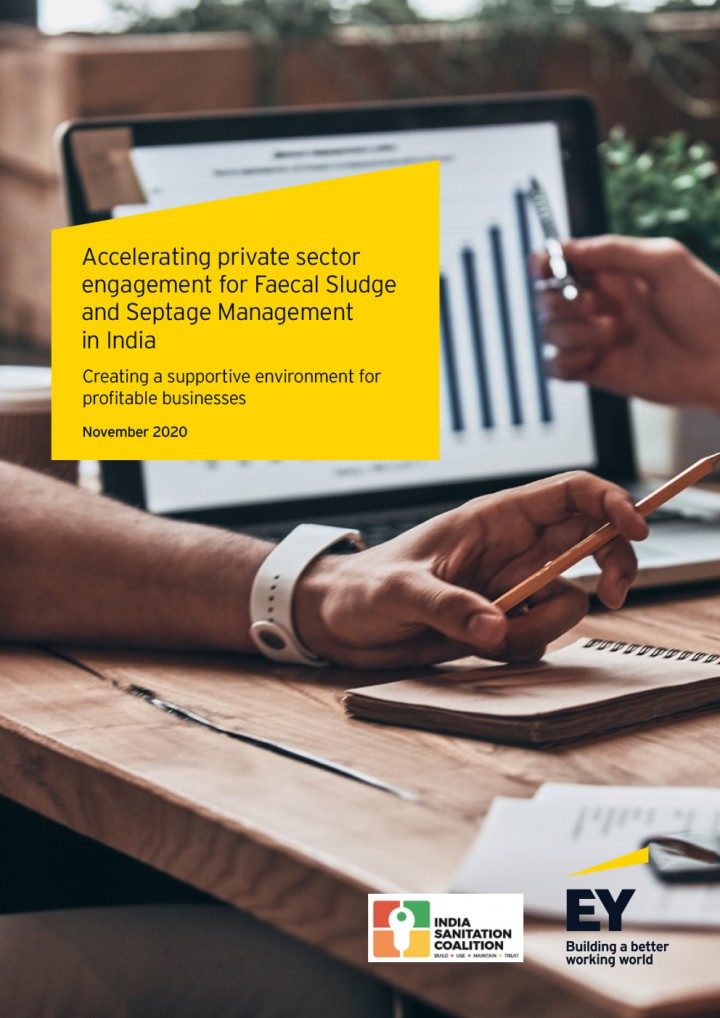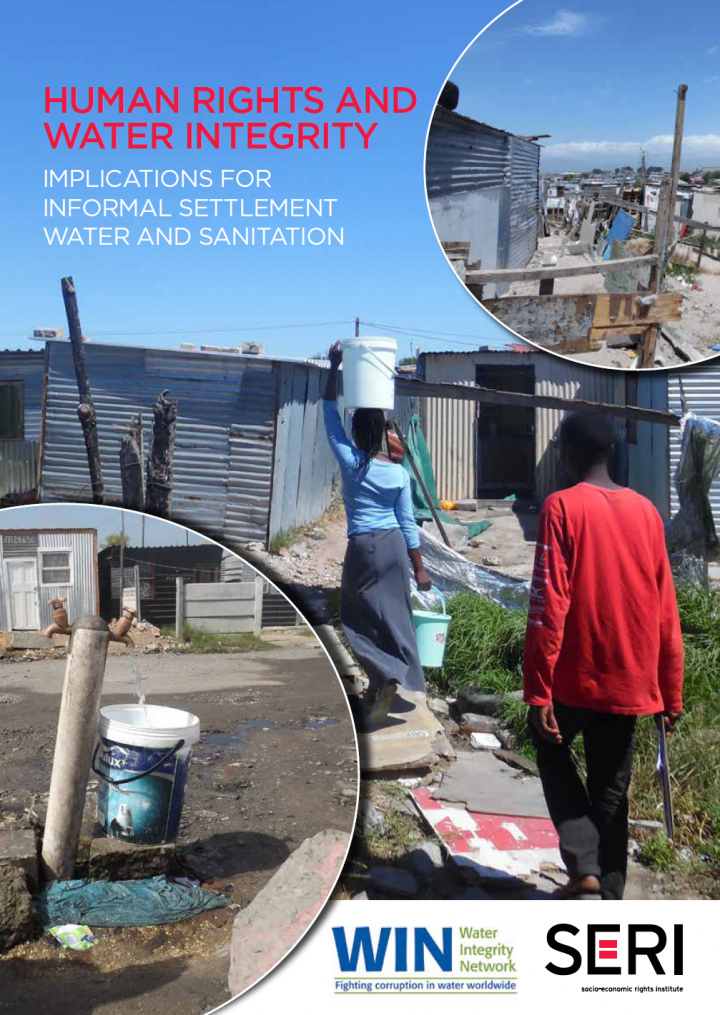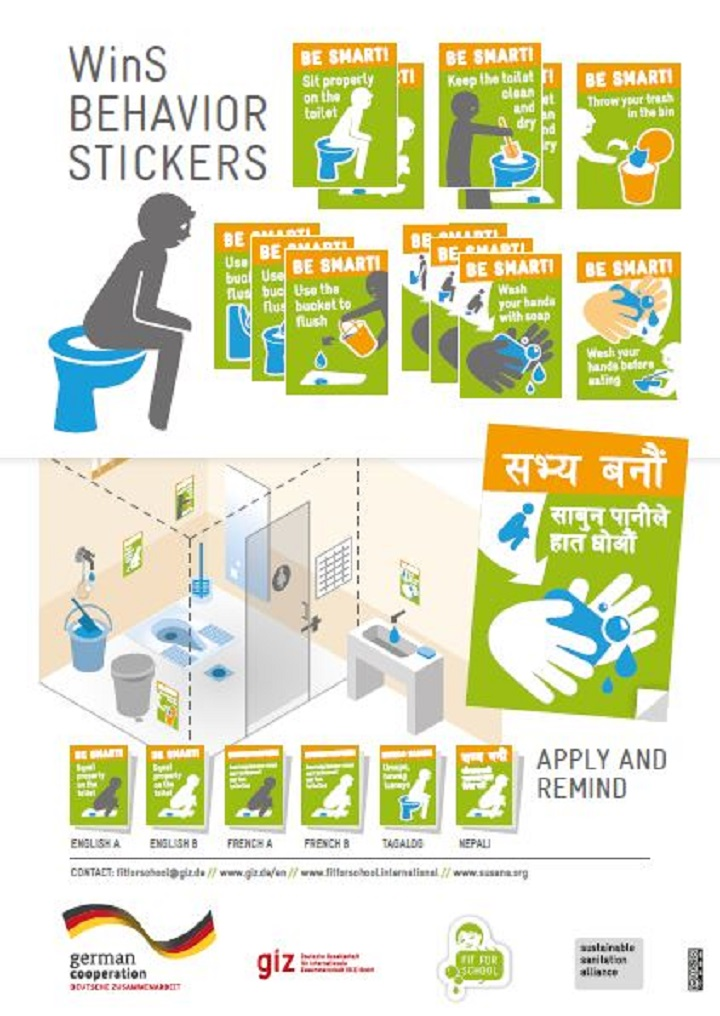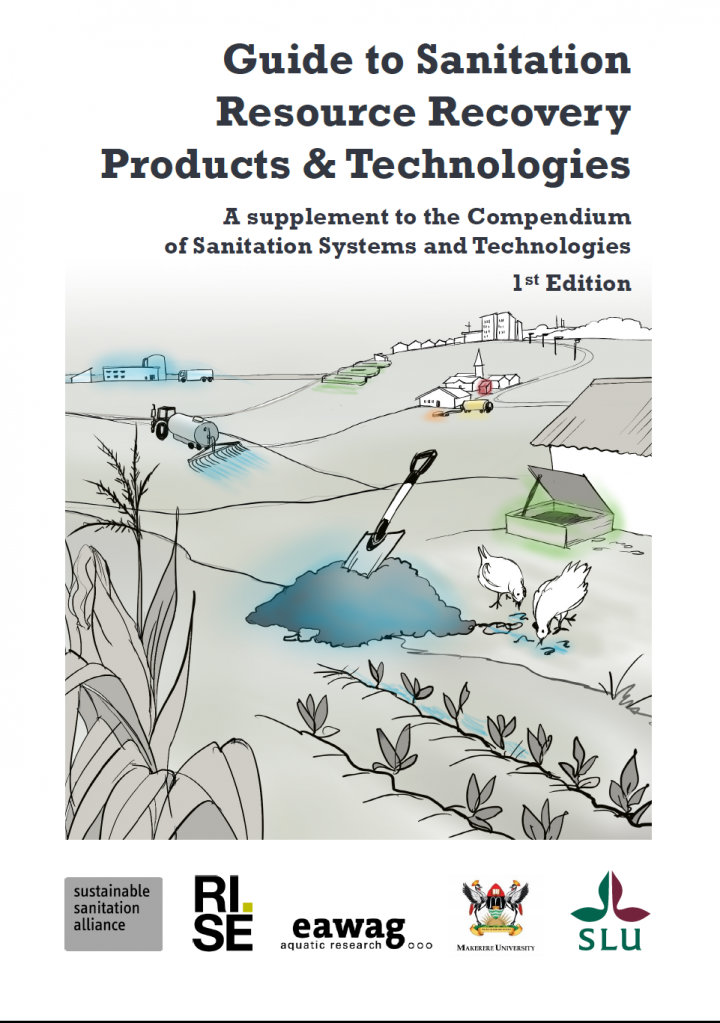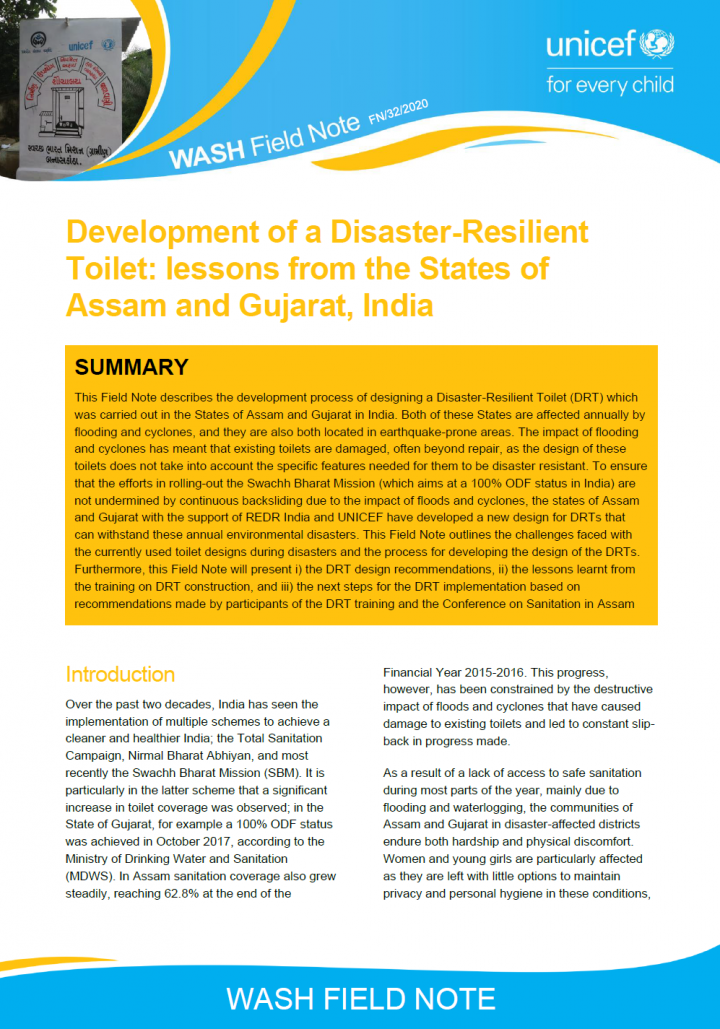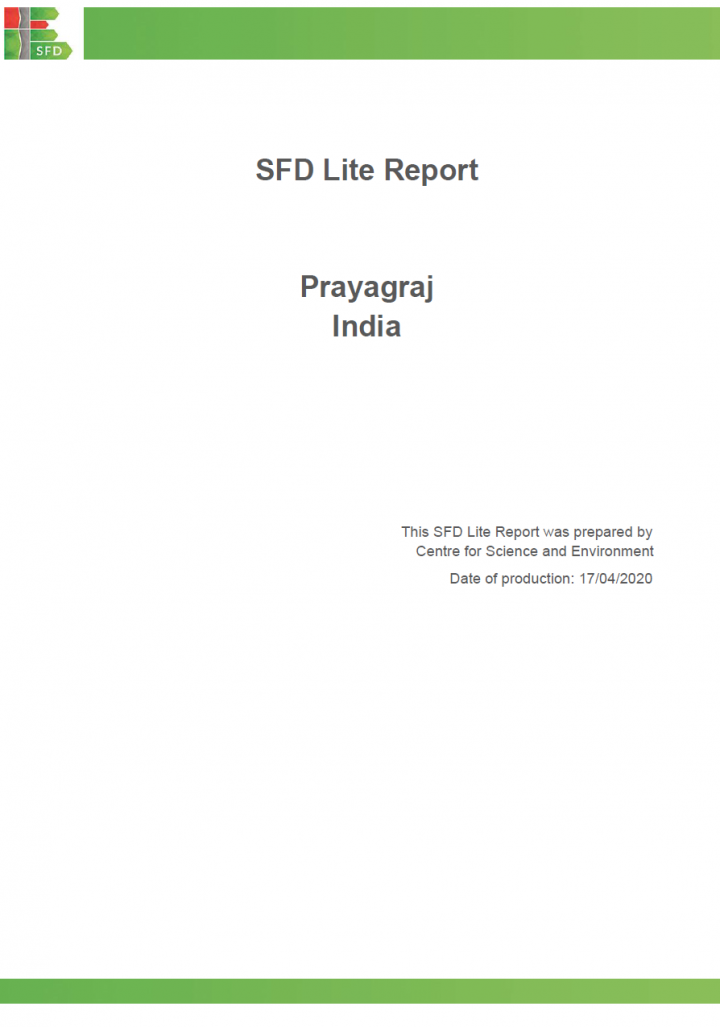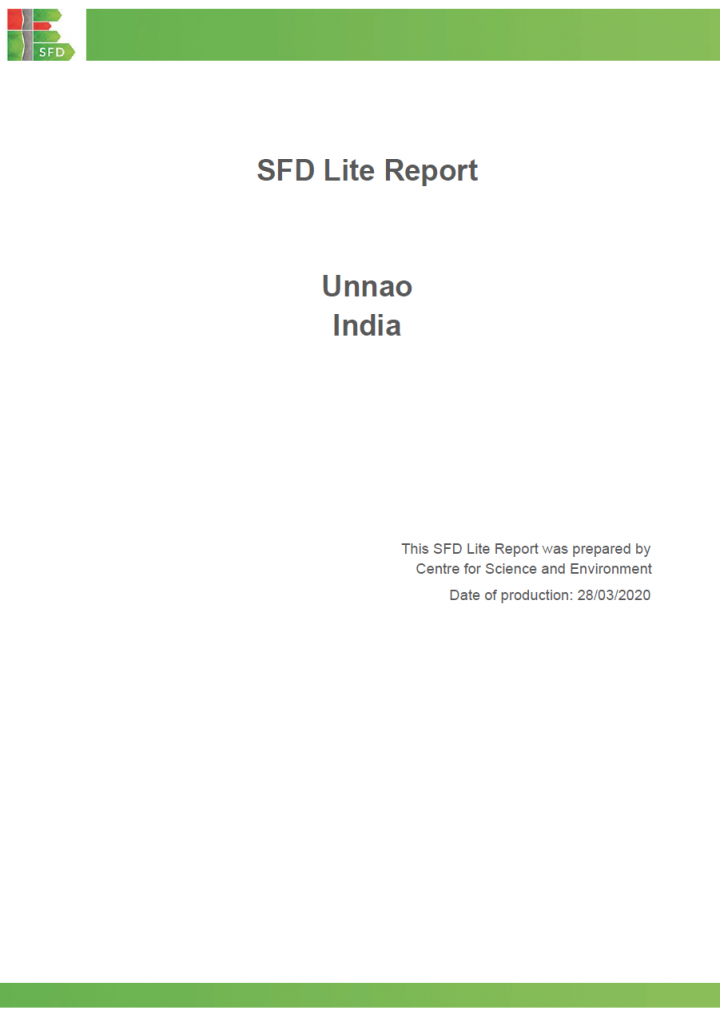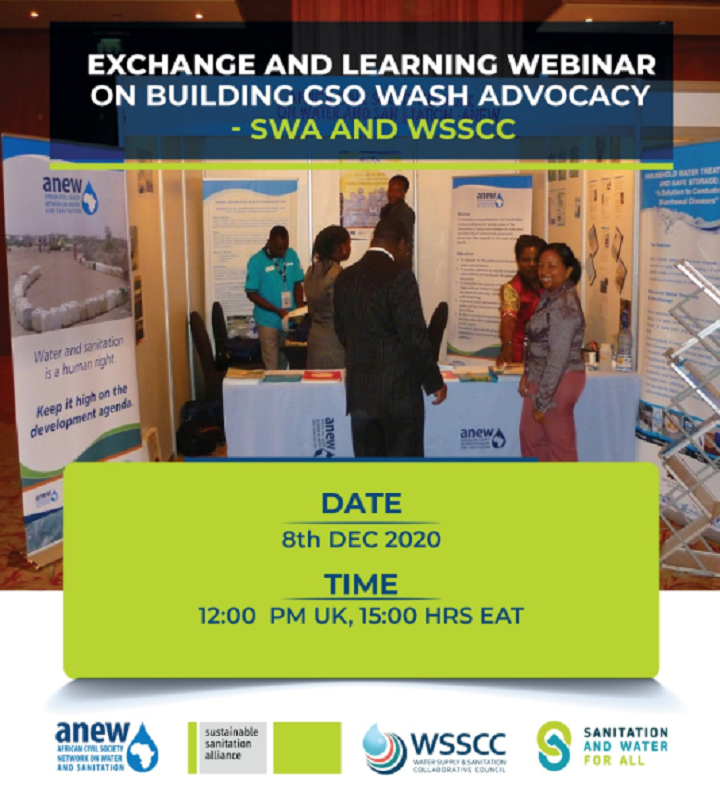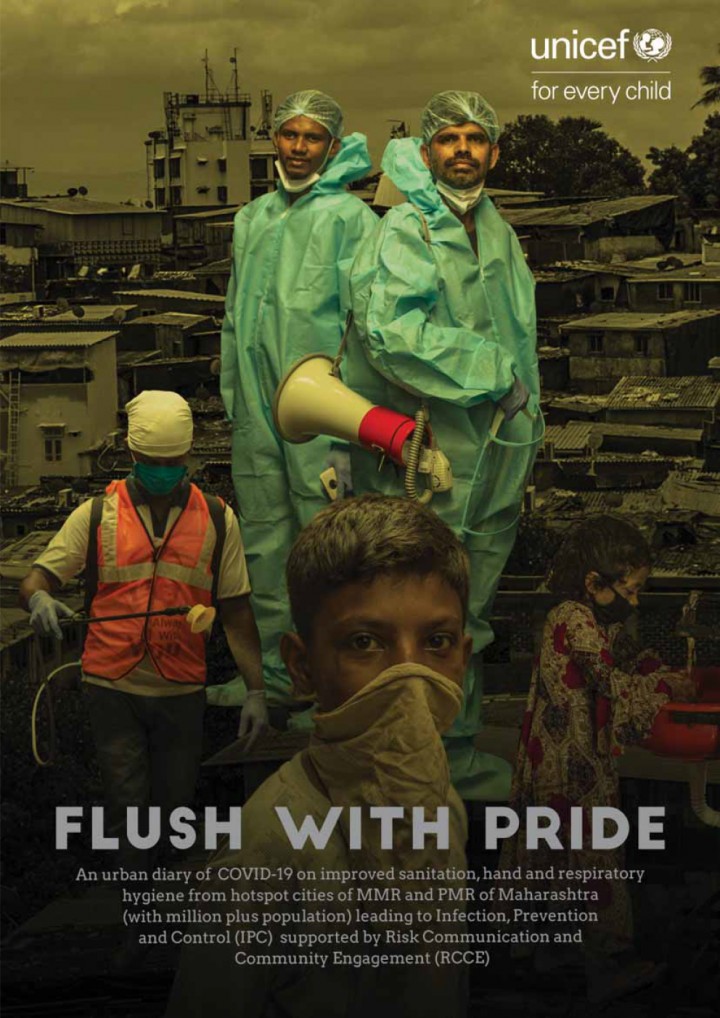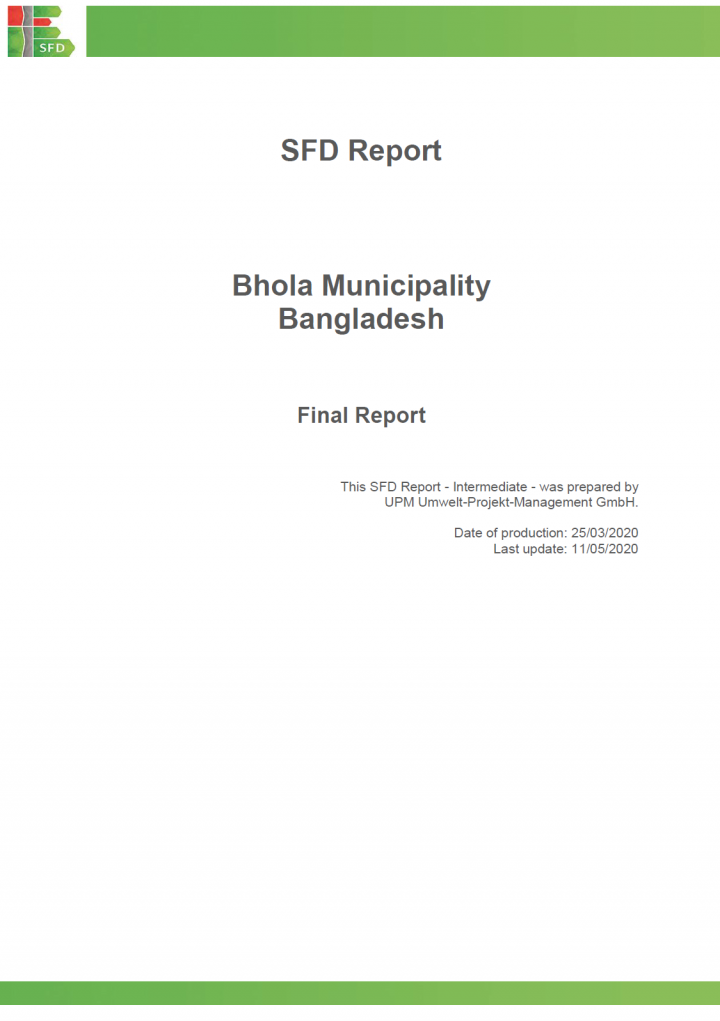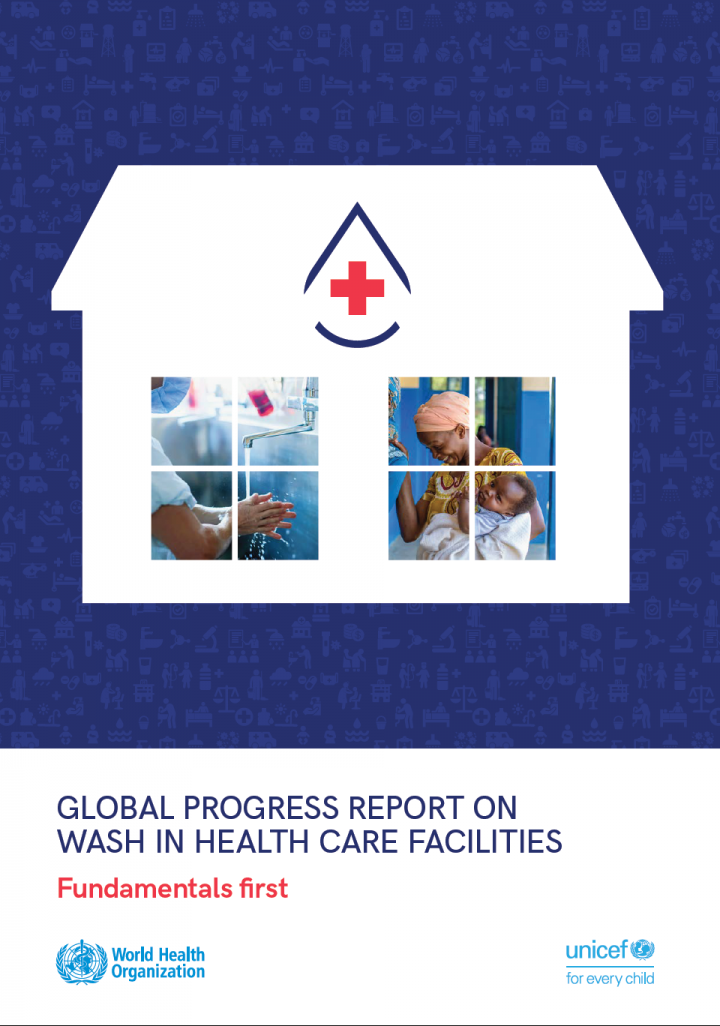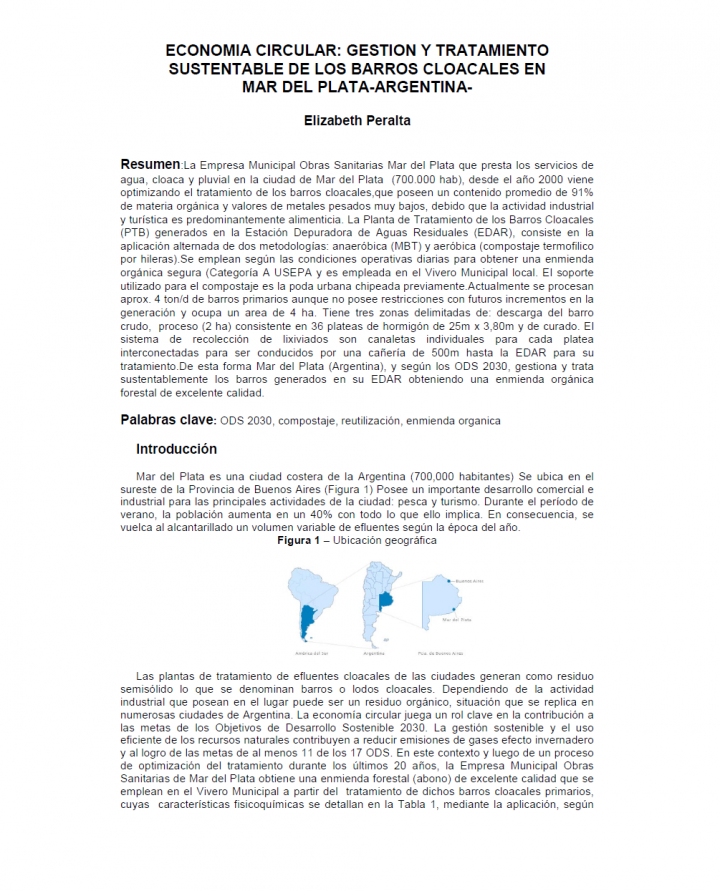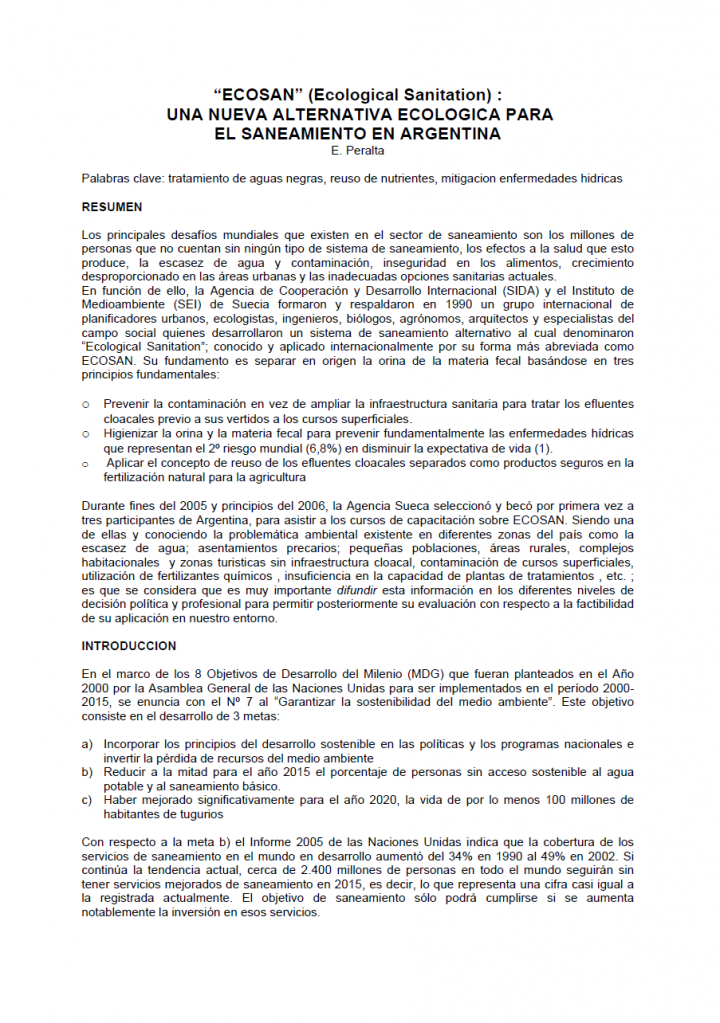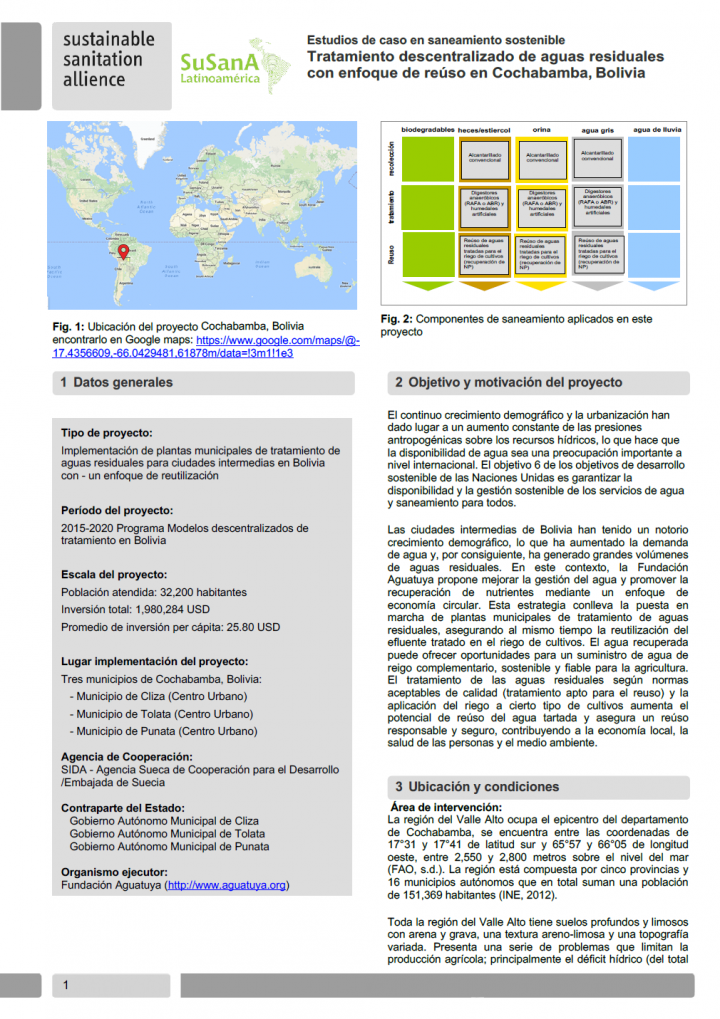Searching for information on Sanitation Workers?
The Sanitation Workers Knowledge + Learning Hub is the best source for all current news, trends, articles and updates on sanitation workers rights around the world.
Faecal sludge management is essential to consolidate the gains from Swachh Bharat Mission. This is a toolkit in Hindi for practitioners for FSM in rural India. This toolkit in Hindi is a useful toolkit for managing faecal sludge in rural areas. It fills a gap in know-how and is of use to planners and practitioners to improve the management of faecal sludge in rural areas. It will be useful to …
This toolkit (in English) is intended for practitioners and designers of faecal sludge management systems. It is a useful toolkit for managing faecal sludge in rural areas. It fills a gap in know-how and is of use to planners and practitioners to improve the management of faecal sludge in rural areas. While written with India in mind, it can be used in other developing countries.
A hindi …
The Swachh Bharat Mission (SBM), the flagship sanitation scheme of the Government of
India has revolutionized India’s sanitation landscape. However, there are still gaps which
need to be bridged to sustain and build upon the success realized. This article by the
UNICEF India water, sanitation and hygiene (WASH) team highlights why faecal sludge
management is the next practical step to …
This report explores ways by which private sector engagement in FSSM can be successfully accelerated by looking at potential business opportunities and challenges in FSSM, lessons that can be learned from current FSSM practice and finally, key takeaways for the key stakeholders in the ecosystem. While each of these segments touch upon separate aspects of the FSSM ecosystem, the common thread of …
Sakhipur, recognized as municipality, is a town of Sakhipur Upazila which is located about 39 km by road from Tangail and 77 km northwest of Dhaka city, the capital of Bangladesh. Sakhipur became a Pourashava (municipality) in October 2000. It has an annual income of 6 million Bangladeshi Taka (BDT) over the last three years which makes it an ‘A’ category Pourashava. Sakhipur municipality …
Despite clear international law on the human right to water, and widespread recognition of this right, almost one billion people still do not have adequate, affordable and safe access to water and 2.4 billion people do not have access to safe sanitation.
The world’s urban population is increasing and by conservative estimates, rates of growth will continue well into the middle of this …
The central questions that this thematic note seeks to address include: What can municipalities learn about creating a conducive enabling environment for faecal sludge management (FSM)? How can engineers create Faecal sludge treatment plant (FSTP) designs that work well on the ground both technically and financially?
The Swachh Bharat Mission (SBM) has made significant strides in addressing …
The aim of this document is to provide an overview of the possibilities for resource recovery from sanitation and provide guidance on treatment processes to achieve safe products for reuse. The focus of this document is on resource recovery from the organic wastes managed in sanitation systems and, to a lesser extent, on the recovery of water and energy generation. Resource recovery sanitation …
This Field Note describes the development process of designing a Disaster-Resilient Toilet (DRT) which was carried out in the States of Assam and Gujarat in India. Both of these States are affected annually by flooding and cyclones, and they are also both located in earthquake-prone areas. The impact of flooding and cyclones has meant that existing toilets are damaged, often beyond repair, as the …
In India, the state of Maharashtra has been pioneering innovations on MHM in both policy and practice since 2009. Government bodies, civil society organizations, social enterprises, and academia have collectively been proactive in generating robust evidence and approaches on menstrual hygiene management (MHM) for the past decade. A concerted action led by the state government, enabled systematic …
Over the last five years, the government of Punjab province has taken steps to develop an enabling environment for sustainable and at-scale WASH services. This Field Note outlines the sector policy and strategies, institutional arrangements and sector coordination mechanisms implemented. The arrangements for sector monitoring as well as budgeting, financing and capacity development are presented. …
Prayagraj is coined with the name Prayag mean "place of sacrifice or offering". The city was earlier known as Allahabad, Illahabad. The city is the headquarters of Prayagraj district in Uttar Pradesh. The District is part of Central Ganga Plain and lies between Latitude 24° 47’ N & 25°N and Longitude 81°19' E & 82°21'E.
The city is situated at the confluence of three rivers – Ganga, …
The town of Unnao is the headquarters of Unnao district in Uttar Pradesh. It compromises of 6 Tehsil and 16 Blocks. The District is part of Central Ganga Plain and lies between Latitude 26°8' N & 27°2' N and Longitude 80°3' E & 81°3' E. The city is famous for its tanneries. It is around 65 km from state capital, Lucknow.
The Urban Local Body (ULB) governing the city is Unnao Nagar Palika …
Bithoor or Bithur is a town in Kanpur Nagar District, 23.4 kilometres by road north of the centre of Kanpur city, in Uttar Pradesh, India. Bithoor is situated on the right bank of the Ganga, and is a centre of Hindu pilgrimage. According to Hindu mythology, Bithoor is the birthplace of Lord Ram's sons Luv and Kush. Bithoor is also the centre for Revolt of 1857 as Nana Sahib, a popular freedom …
In this webinar that was held on the 8th Decemeber, African national CSO WASH networks that have received catalytic funding from WSSCC to boost the sector, engage all the relevant stakeholders, including those from vulnerable populations, and strengthen platforms and processes which can be built upon further in the months that follow, shared their stories.
Objectives:
1. To provide a platform …
Bijnor city is located 12 km west to the bank of River Ganga and 460 km from Lucknow, the state capital of Uttar Pradesh. Bijnor is the district headquarter of Bijnor district. As per Census 2011, Bijnor has a population of 93,297 residing in 17,715 households. The population of the city as per Swachh Survekshan (Country wide annual ranking mechanism for cities with respect to sanitation) …
The document covers the impact of WASH intervention in families, communities and institutions with a balance between demand and supply, highlighting both child and gender lens. Innovations like cost effective, simple, scalable pedal operated hand washing stations, augmentation of operation and maintenance of community toilets with identification of community touch points, school readiness for …
Bhola is one of the administrative districts (Zila) located in south-central Bangladesh with a total area of 3,404km2 and a population of 1.8 million inhabitants. Part of the district is Bhola island which, despite being the largest island of Bangladesh, only can be accessed by boat at this point. This island of 1,441km2 is divided into seven Upazila (sub-districts). One of these Upazila is Bhola …
The report identifies major global gaps in WASH services: one third of health care facilities do not have what is needed to clean hands where care is provided; one in four facilities lack basic water services, and one in 10 have no sanitation services. This means that 1.8 billion people use facilities that lack basic water services and 800 million use facilities with no toilets. Across the …
La Empresa Municipal Obras Sanitarias Mar del Plata que presta los servicios de agua, cloaca y pluvial en la ciudad de Mar del Plata (700.000 hab), desde el año 2000 viene optimizando el tratamiento de los barros cloacales, que poseen un contenido promedio de 91% de materia orgánica y valores de metales pesados muy bajos, debido que la actividad industrial y turística es predominantemente …
Los principales desafíos mundiales que existen en el sector de saneamiento son los millones de personas que no cuentan sin ningún tipo de sistema de saneamiento, los efectos a la salud que esto produce, la escasez de agua y contaminación, inseguridad en los alimentos, crecimiento desproporcionado en las áreas urbanas y las inadecuadas opciones sanitarias actuales.
En función de ello, la …
El continuo crecimiento demográfico y la urbanización han dado lugar a un aumento constante de las presiones antropogénicas sobre los recursos hídricos, lo que hace que la disponibilidad de agua sea una preocupación importante a nivel internacional. El objetivo 6 de los objetivos de desarrollo sostenible de las Naciones Unidas es garantizar la disponibilidad y la gestión sostenible de los …

